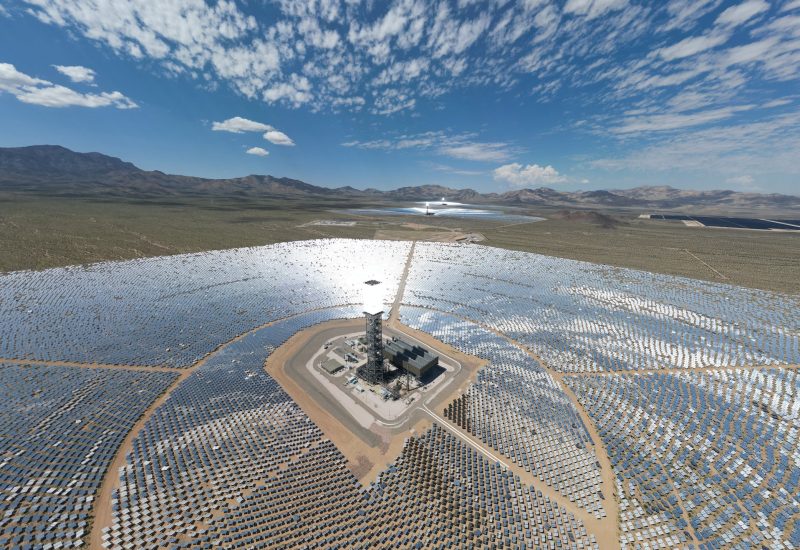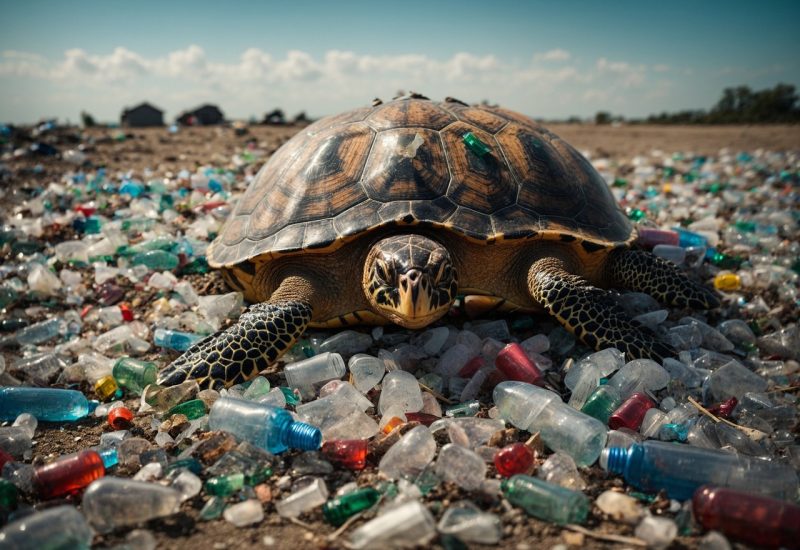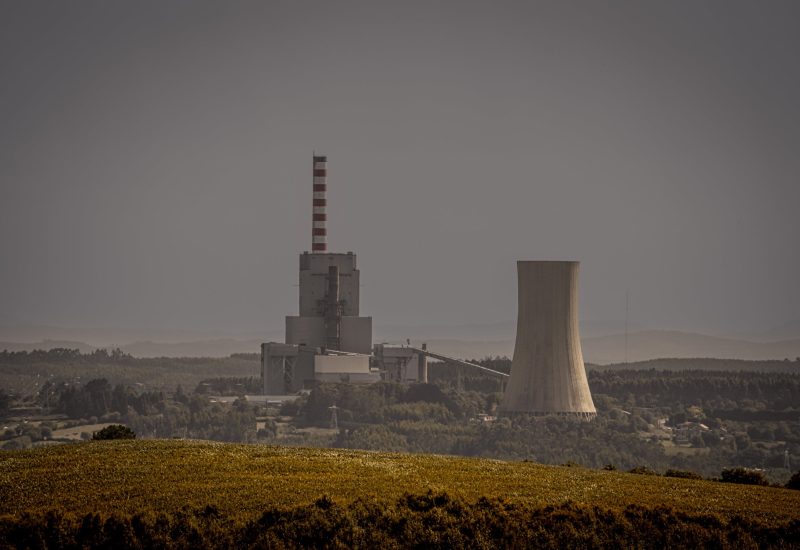For the COP24 to be held in Poland, at a time when the country’s leading figures are signalling a clear shift away from coal to nuclear energy, speaks to the support for an inclusive view of low-carbon power across Europe.

Ditching coal for nuclear: is Poland the perfect location for COP24?
By signing a joint declaration between the U.S. and Poland earlier this month, Poland’s Energy Minister Krzysztof Tchórzewski put his determination for the country to switch from coal to nuclear energy into writing. As deputy environment minister and COP24 president Michal Kurtyka confirmed, Poland expects its first operational nuclear power plant after 2030.
This week’s gathering of world leaders at the Conference of the Parties (COP) in Katowice, Poland is already set to be highly symbolic. COP24 is slated to implement the framework required to maintain global average temperatures at 1.5℃, as agreed in Paris in 2015. For this event to be held in Poland, at a time when the country’s leading figures are signalling a clear shift away from coal to nuclear energy, speaks to the support for an inclusive view of low-carbon power across Europe.
Despite some public backlash, nuclear energy’s use has not decreased across the continent in recent years. Sweden reversed its no-nuclear commitment in 2010, and nuclear energy now generates a third of the country’s electricity. The UK, Finland, France, the Czech Republic, Hungary and Romania are all looking to build new power plants and reactors. Talks are underway in Bulgaria to reopen its Belene nuclear power plant, a project that was cancelled in 2012.
Poland’s commitment to a nuclear transition is also demonstrated by its commitment to finance its first power plant through on its own, likely through secure bonds. In this way, Tchórzewski believes that the first 1 GW unit of the plant should be ready by 2029. For countries like Bulgaria, where nuclear projects are not supported by the government, Poland could come to serve as an influential role model. While coal accounts for 80% of Poland’s energy mix, the government’s nuclear backing will help change the country’s pro-coal tendencies and should ensure new nuclear builds are completed.
The Polish energy ministry’s stance on nuclear is in line with a recent IPCC report, whose authors found that applying nuclear as a solution would help limit global warming to 1.5℃ by 2050. Otherwise, the findings, predict that temperatures will rise to 3℃ based on the state of the energy mix as it is today.
Speaking at the recent World Nuclear Spotlight Poland conference in Warsaw, Tchórzewski announced that nuclear will help to meet both increasing energy demands and the EU’s climate targets. This energy strategy has also been adopted by Poland’s Visegrád (V4) counterparts – Hungary, the Czech Republic and Slovakia.
Outside of the V4, other European leaders also seemed to have learnt from Germany’s mistakes: most importantly, realising that increasing the share of renewables in the mix does not necessarily lower carbon emissions. Storing renewable energy in the grid is not yet a reality. Until that comes to pass, grids require a secure and reliable baseload to support rising energy demands. By abandoning nuclear energy, Germany had to increase the use of fossil fuels in its energy mix. As a result, it is now failing to meet its carbon dioxide targets. Power blackouts have become a distinct possibility.
According to Eurostat (Trend Economy, table tsdc220), greenhouse gas emissions intensity in Germany (meaning the gas emitted per unit of energy being consumed) remains the same after ten years of the country’s Energiewende energy policy. This result comes after several hundred billion Euros in investment in renewable energy and after closing of seven nuclear reactors. Energiewende’s other result: the highest energy prices across OECD countries, alongside fellow champions of renewables Denmark and South Australia. The average price by kWh for households from mid-2017 to mid-2018 stood at €0.30 euros or $00.34 USD. Worst of all, Germany’s energy mix is as dirty as it was ten years ago from a climate perspective.
This helps explain why European leaders are backtracking on their anti-nuclear stance. “You have to pick your battles,” French President Emmanuel Macron told France 2 television. “My priority in France, Europe and internationally is CO2 emissions and [global] warming. What did the Germans do when they suddenly decided to shut down all nuclear? They developed a lot more renewables than us, but they also massively reopened thermal and coal. They harmed their CO2 footprint, it wasn’t good for the planet. So I won’t do that.”
“The rushed and improvised exit from nuclear power that some support is not our policy,” Belgian Prime Minister Charles Michel told his parliament. He added that “recent events prove that pretending otherwise is a pure illusion,” referring to the blackouts his country faces whenever Electrabel, the nuclear operator, shuts down the country’s reactors for maintenance.
The upshot of this political shift is simple: until the world achieves an 100% decarbonised grid, the cost of scorning a zero-emission electricity source practically invites carbon into the mix. “COP21 saw the birth of the Agreement,” UN climate change executive secretary Patricia Espinosa explained. “In Poland, as I call it Paris 2.0, we will put together the pieces, directions and guidelines in order to make the framework really operate.”
For such a conference to be held in Poland, at the cusp of its brushing off coal in favour of nuclear, symbolises an important shift: that of European leaders embracing a more pragmatic view to avoid the catastrophes 3℃ of global warming would bring.
Photo credit: Anna Uciechowska/Wikimedia








